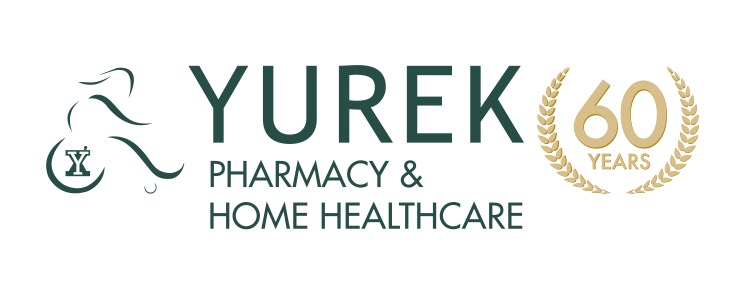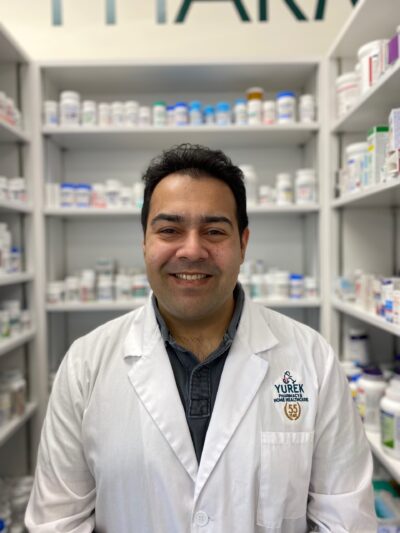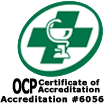By: Steve Bond, BScPhm, RPh, CDE
Obstructive Sleep Apnea (OSA) is a condition where the upper airway collapses frequently during sleep and breathing stops. This may lead to loud snoring, abrupt awakenings accompanied by gasping or choking, morning headache and dry mouth, excessive daytime tiredness, and increased blood pressure.
A 2017 Statistics Canada report noted that 6.4% of Canadians reported being diagnosed with Sleep Apnea. This was up from 3% in 2009. Males are twice as likely to have OSA and the prevalence increases with age. The largest risk factor for OSA is obesity (defined as BMI >35 kg/m2).
A test called the STOP-BANG test can determine the risk of OSA:
| Symptom | Question | Yes | No |
| Snoring | Do you snore loudly (loud enough to be heard through closed doors or your bed-partner elbows you for snoring at night)? | ||
| Tired | Do you often feel tired, fatigued, or sleepy during the daytime (such as falling asleep during driving or talking to someone)? | ||
| Observed | Has anyone observed you stop breathing or choking/gasping during your sleep? | ||
| Pressure | Do you have or are being treated for high blood pressure? | ||
| BMI | Is your Body Mass Index more than 35 kg/m2? | ||
| Age | Are you older than 50 years? | ||
| Neck size | (Measured around Adams apple) For male, is your shirt collar 17 inches (43 cm) or larger? For female, is your shirt collar 16 inches (41 cm) or larger? | ||
| Gender | Are you male? | ||
| Total |
Scoring Interpretation:
Risk of OSA:
- Low: Yes to 0-2 questions
- Intermediate: Yes to 3-4 questions
- High: Yes to 5-8 questions or
Yes to 2 or more of 4 STOP questions + male gender or
Yes to 2 or more of 4 STOP questions + BMI > 35 kg/m2 or
Yes to 2 or more of 4 STOP questions + neck circumference (17”/43cm in male, 16”/41cm in female)
The treatment for OSA usually involves one or more of four interventions:
- PAP – Positive Airway Pressure delivers compressed air to prevent airway closure. It has been shown to reduce nocturnal events, improve daytime wakefulness and improve blood pressure and cholesterol.
- Oral appliances like the Mandibular Advanced Splint (MAS) place the mandible in a position to increase airflow. While an alternative to those who cannot tolerate CAP, the evidence supporting the benefits are not as strong.
- Surgery – usually considered the last option, which can involve the removal of the tonsils and the tissue around the opening to the throat. Transient pain and voice changes can occur.
- Lifestyle modifications – can be used in combination with other options. Exercise, weight loss, positional sleep techniques and avoidance of sedatives, alcohol and opiates can improve outcomes alone or in combination with other alternatives.
Obstructive Sleep Apnea is a common condition whose prevalence is increasing. It can affect our health and relationships. Using Stop-Bang, we can assess the risks and get help. Take care of yourselves and each other








